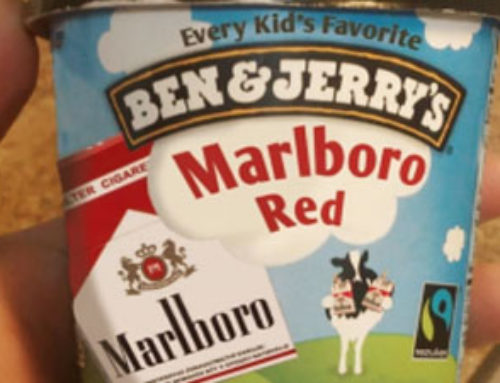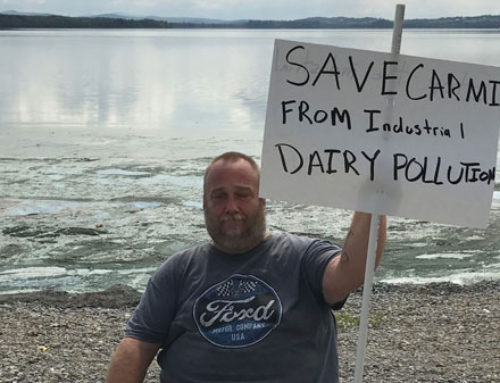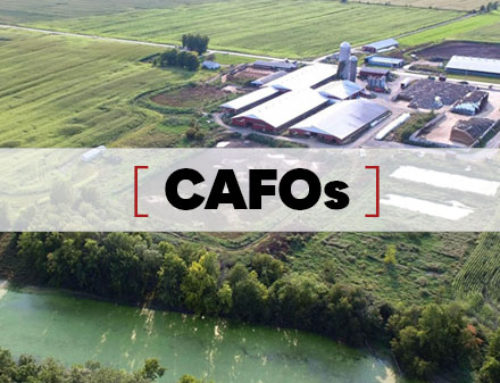As early as 1996, the state knew that it had a problem with the use of the herbicides atrazine and simazine (both used on feed corn). Both were suspected to cause alteration in the sex of smallmouth bass and amphibians in Lake Champlain. Researchers recently found that 60-70% of the male fish in Mississquoi River have eggs, a disturbing example of sex changes from the overuse of endocrine disrupting agricultural pesticides like atrazine and simazine. In 2001, they finally began sampling for these weed killers in Lake Champlain and in state water wells. They sampled from 2001 through 2015, but didn’t publish the data.
 Finally, water quality advocates at the Lake Champlain Basin Program published a significant portion of the state’s data in 2016. These studies found that atrazine and metolachlor, both feedcorn herbicides, are ubiquitous in our surface waters. They also found that tile drainage from dairy cornfields could be a large source of herbicides and insecticides.
Finally, water quality advocates at the Lake Champlain Basin Program published a significant portion of the state’s data in 2016. These studies found that atrazine and metolachlor, both feedcorn herbicides, are ubiquitous in our surface waters. They also found that tile drainage from dairy cornfields could be a large source of herbicides and insecticides.
In a Regeneration Vermont analysis of the state’s pesticide data, we found that 1,432,650 pounds of the weed killer metolachlor were used on Vermont corn from 1999 to 2013. Metolachlor is the third most common pollutant in US rivers, streams and lakes. It causes cancer, birth defects, and is an endocrine disruptor.
We found that 1,037,575 pounds of the weed killer atrazine and 224,628 pounds of simazine (total: 1,262,203) were used on Vermont corn from 1999 to 2013. Both are water polluters. Atrazine is the second most common water pollutant in the US, after glyphosate (Roundup). Both atrazine and simazine are banned in the European Union because they are carcinogenic, cause birth defects, are endocrine disruptors, and pollute drinking water.
Our review of pesticide and fertilizer use revealed that Vermont pesticide use was up 39% and nitrogen fertilizer up 17% from 2008 through 2012 after farmers adopted GMO corn almost entirely (96%) on 92,000 acres of dairy corn. Much of this excess usage ended up in streams, rivers, and lakes.
The Vermont Agency of Agriculture conducted a 13-year survey of private and public well water. But once again, they did not publish their findings. As a result of FOIA requests, the Champlain Basin Water Program obtained and evaluated this data in 2016, covering the period from 2002-2015. They found that herbicides were widespread in lake and river samples, though rarely detected (6%) in public or private wells. They also found that nitrogen was not only widespread in Lake Champlain, but was detected in 52% of the 675 wells tested from 2006-2010. Vermont public waters have been damaged by a series of spills, excessive effluent, irresponsible land management, and other dairy and creamery violations of the Clean Water Act for decades. Among the most egregious water violators are Vermont’s two dairy co-ops, St. Albans (Ben & Jerry’s) and Agri-Mark (Cabot). The spills at Cabot’s hometown facility have included illegal discharges that have killed fish, sterilized miles of river, and polluted the river with sewage. Each time, it promised to discontinue polluting our public waters. Promises it has never kept.
From A Failure to Regulate: Big Dairy & Water Pollution in Vermont (report)




